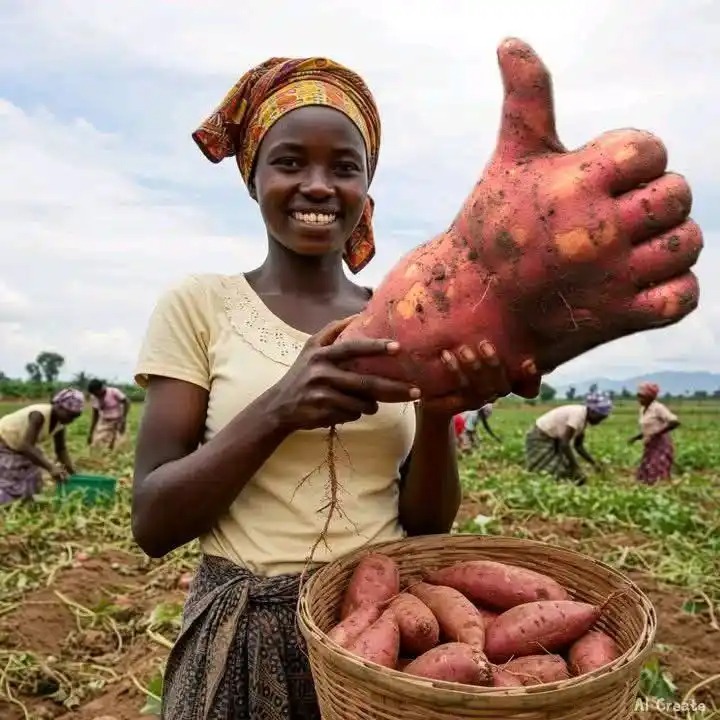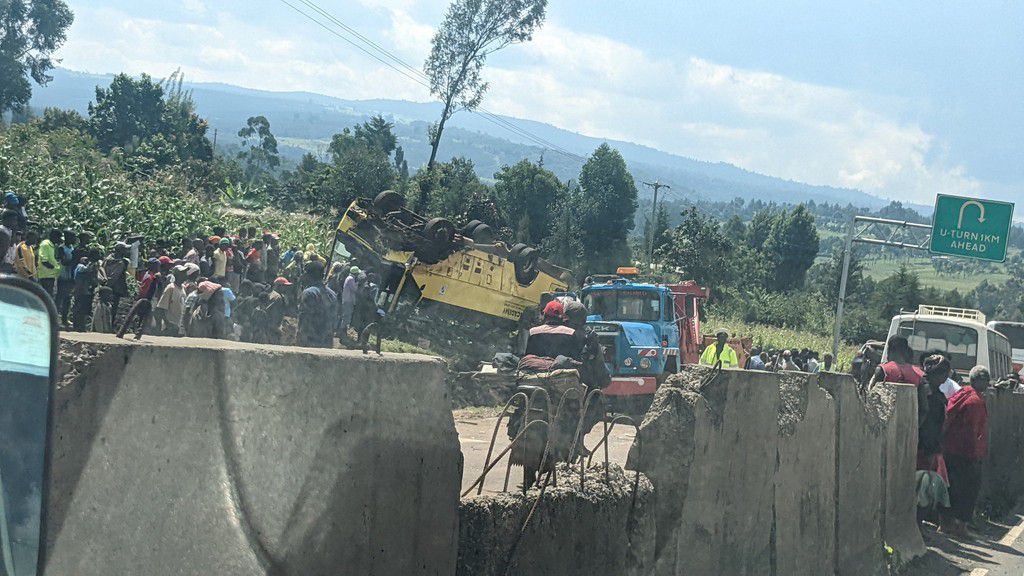The election of a new pope is a rigorous process involving a series of rituals that unfold in stages.
First, there is the College of Cardinals. They play a major role in the election process. They are, in fact, responsible for choosing the new pope.
Then there is the papal election, also known as the Conclave—a thorough election procedure that requires all cardinal electors (no more than 120) to gather at the Sistine Chapel, take an oath of absolute secrecy, and seal the doors before voting can begin.
Here is the full scoop on how it all works, step by step.
The College of Cardinals arrive Rome
The cardinals are ordained bishops and Vatican officials of various nationalities, appointed by the Pope.
Recognisable by their unique red vestments, their primary responsibility is to elect a new pope while also governing the Catholic Church in the interim before a new pope is announced.
The governance is headed by the cardinal camerlengo also known as the chamberlain.
When a papal vacancy occurs due to the Pope’s death or resignation, the Cardinals are summoned to Vatican City for the papal election, known as the Conclave.
ALSO READ: Pope Francis diagnosed with critical illness as Vatican cancels public events
Only cardinals under 80 can vote in the papal conclave meaning that they can also be elected pope but it's not a guarantee for them.
However, since 1379, every pope has been selected from the College of Cardinals, despite any male Catholic being eligible.
Also, the maximum number of cardinal electors is 120; however, only 67 cardinals participated in the voting process that elected Pope Francis, formerly known as Cardinal Jorge Mario Bergogli.
The Dean of the College of Cardinals is responsible for convoking the Conclave.
ALSO READ: Pope demands 'predators' stop plundering the Earth
The Conclave (The Papal Election) preparations and rituals
Upon arriving in Rome, the cardinals hold a series of meetings, known as general congregations, where they discuss the needs and challenges facing the Catholic Church worldwide.
As the Conclave begins, the cardinals are locked inside the Vatican's Sistine Chapel, separated from the outside world with no room for external influences or public interference throughout the process.
Then they start to deliberate secretly on the possible successful candidates, with the cardinal camerlengo supervising the entire process.
No papal contender is allowed to publicly campaign. Strict confidentiality is the order of the day.
The election process takes days. In the past, it used to run for weeks and even months.
The two-thirds majority requirement
In 1996, Jon Paul II altered the rule s of the Conclave, allowing the election of a new pope with a simple majority vote.
But Benedict XVI changed the requirements back in 2007 so that a two-thirds majority is required.
No contact with the outside world
Security officials thoroughly inspect the entire Sistine Chapel to ensure that there are no hidden microphones or cameras.
As the conclave begins, the cardinals cannot make contact with the outside world. No radio or television sets are allowed. Newspapers, magazines, and mobile phones are also banned.
This extends to all staff allowed into the conclave, including doctors and housekeepers.
They must swear an oath of secrecy and undergo inspections for any recording devices.
Voting process
On the first day, only a single ballot is held. Cardinals can choose the suitable time for the process: most likely the afternoon.
Then by the second day, two ballots are held in the morning and two in the afternoon. The ballot paper is rectangular.
The words printed on the upper half are "Eligio in Summum Pontificem" ("I elect as Supreme Pontiff").
Then right below is a blank space for the name of the person chosen.
The cardinals are instructed to write the name in a way that does not identify them and to fold the paper twice.
After all the votes have been cast, the papers are mixed, counted and opened.
As the papers are counted, one of the scrutineers calls out the names of those cardinals who have received votes.
Piercing each paper with a needle through the word "Eligio", he places all the ballots on a single thread.
The ballot papers are then burned giving off the smoke visible to onlookers waiting outside with a burning question: "is there a new pope?"
The pope election smoke traditionally turns from black to white once a new pope has been chosen.
ALSO READ: Pope Francis says Church hasn't known 'how to listen'
Announcing the new pope
The identity of the new pope is not revealed instantly.
A brief delay occurs after the election of the new pope signalled by white smoke rising from the Sistine Chapel chimney.
A candidate who has successfully gotten the required majority will be asked to accept the election.
"Do you accept your canonical election as Supreme Pontiff?" he is asked.
After giving his consent, he is also asked to select a name.
After he has chosen a name, the other cardinals then approach the new pope to make an act of homage and obedience.
Then the new pope has to be fitted into his new robes. This is done by the papal tailor who will have prepared garments to dress a pope of any size.
Then, from the balcony of St Peter's Basilica, the announcement is made. "I announce to you a great joy... we have a pope!" and his identity is shared to the world.
The newly-elected pontiff is expected to make his first public appearance.
The pope will say a few words will then say a few words and give the traditional blessing of "to the city and the world", ushering a new pontificate.
ALSO READ: Pope admits priests, bishops sexually abused nuns












 English (US) ·
English (US) ·